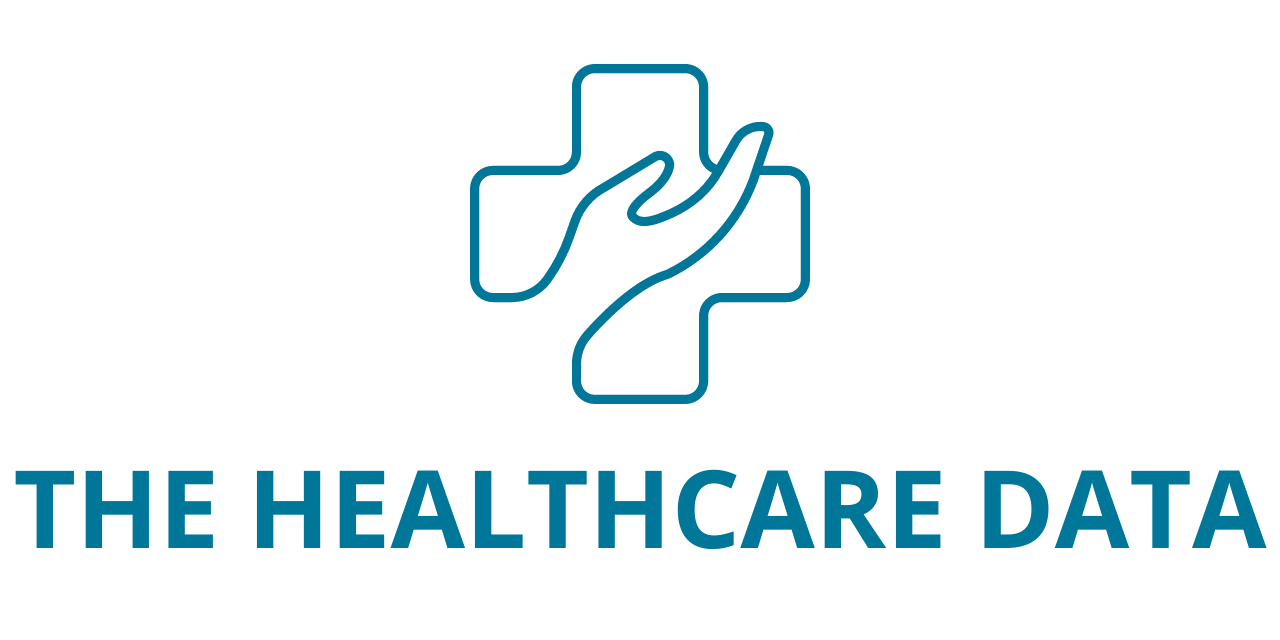
Data from the inaugural US-wide single-center experience at St. Bernard’s Medical Center and Arrhythmia Research Group, presented at a Late-Breaking session during the AF Symposium 2024 in Boston, demonstrates that Left Atrial Appendage Occlusion (LAAO) procedures, strategically planned using FEops HEARTguideTM, yield significantly enhanced procedural efficiency.
“This real-world evidence undeniably underscores the impact of our innovative digital twin strategy in reshaping the trajectory of heart disease.”
The US single-center evaluation encompassing 178 patients, led by Dr. Devi Nair at St. Bernard’s in Jonesboro, aimed to gauge the safety, efficiency, and precision of FEops HEARTguide™ predictive pre-planning based on cardiac CT-imaging for both the Boston Scientific Watchman FLXTM and the Abbott Amplatzer™ Amulet™ device.
“This marks the inaugural comprehensive clinical assessment in the US, validating that Artificial Intelligence (AI)-enhanced predictive pre-planning significantly enhances LAAO procedural efficiency for both the Watchman FLX and the Amulet device. Our findings affirm that the accuracy of device sizing and positioning in LAAO procedures is markedly improved when leveraging FEops HEARTguide compared to conventional CT-based planning. Our real-world evidence echoes the outstanding results from the groundbreaking PREDICT-LAA trial [1],” said Dr. Devi Nair. In terms of procedural efficiency, the evaluation results disclosed that in 97% of cases, a single LAAO device was successfully implanted with a single transseptal puncture. The average procedure time was 21 minutes compared to 55 minutes in the control group, the average fluoroscopy time was 4 minutes compared to 17 minutes, and the average contrast used during the procedure was 20 ml compared to 80 ml.
“This real-world evidence undeniably underscores the impact of our innovative digital twin strategy in reshaping the trajectory of heart disease,” said Matthieu De Beule, co-founder, and CEO of FEops. “We are exceptionally proud of the results of this comprehensive evaluation, and I express my gratitude for the visionary drive of Dr. Devi Nair and the entire FEops team for making this happen. Together, we continue to advance how physicians access therapy options for patients at risk of stroke due to atrial fibrillation. The results support us in our mission to continue spearheading AI-enabled predictive solutions that assist in treating the right heart disease patients with the right technology at the right time.”
[1] De Backer O, Iriart X, Kefer J, et al. Impact of Computational Modeling on Transcatheter Left Atrial Appendage Closure Efficiency and Outcomes. J Am Coll Cardiol Intv. 2023 Mar, 16 (6) 655–666.
About FEops HEARTguide™
FEops HEARTguideTM, a cloud-based predictive procedure planning environment, utilizes digital twin technology to provide clinicians and medical device manufacturers with unprecedented insights into the interaction between transcatheter structural heart devices and specific patient anatomy – preoperatively. FEops HEARTguide is available in the USA for use in LAAo with WATCHMAN™, WATCHMAN™FLX, Amplatzer Amulet, and in EU, UK, Canada, and Australia, FEops HEARTguide is available for use in TAVI and LAAo. FEops HEARTguide has, to date, been employed worldwide for over 8000 patients in over 300 hospitals in over 30 countries. Such insights have the power to improve clinical outcomes in real-world hospital settings, as well as to accelerate research and development of novel device-based solutions.




